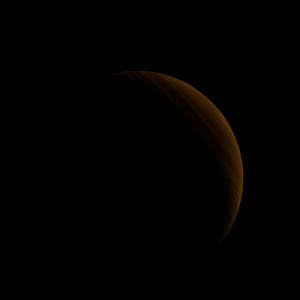|
|
Space Astro
|
Info for exoplanet "Shihya-pyunya"
| Scientific (actual) data |
|---|
| Name | HD 40307 c |
| Planet status | Confirmed |
| Mass sini | 0.0202 |
| Orbital period | 9.621 |
| Semi major axis | 0.0812 |
| Orbit eccentricity | 0.05 |
| Angular distance | 0.006328 |
| Discovered | 2008 |
| Updated | 2019-02-12 |
| Omega | 234 |
| Tzero vr | 54551.5 |
| K | 2.29 |
| Publication | Published in a refereed paper |
| Detection type | Radial Velocity |
| Mass measurement type | Radial Velocity |
| Star name | HD 40307 |
| Right ascension | 88.52° |
| Declination | -60.02° |
| Mag v | 7.17 |
| Mag j | 5.41 |
| Mag h | 4.97 |
| Mag k | 4.79 |
| Star distance | 12.8 |
| Star metallicity | -0.31 |
| Star mass | 0.77 |
| Star sp type | K2.5V |
| Star temperature | 4977 |
| Star detected disc | IR Excess |
| Wikipedia article | HD 40307 c |
Back
| |
| Fictional info (?) |
|---|
| Suggested name | Shihya-pyunya |
| Planet type | Warm planet |
| It has the longest rotation period (445 days) of any planet in its solar system and rotates in the opposite direction to most other planets.
Surface entirely dangerous because of the dangerous medieval carnivores, the "Myaro-chu", which survive by seeking smaller pray at night. They are believed to be related to the Kenebahya and have scales and vary in size from 33 to 55 mm. Most Myaro-chu are known to withstand temperatures from 70 to 90°C and stormy weather which is common near the poles. |
| Estimated population | 3000000 |
| Atmosphere | Oxygen | 91% |
| Carbon dioxide | 8.3% |
| Water | 0.059% |
| Methane | 0.0046% |
| Atmospheric pressure | 7 bar |
 |
| No known satellites |
| Google search for Shihya-pyunya |
|
Website by Joachim Michaelis
|
|
|
|